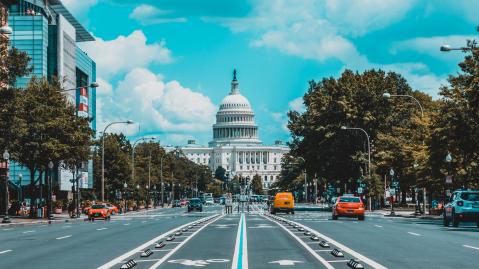
On 3 August 2015, U.S. President Barack Obama announced the final rules for the Clean Power Plan (CPP). The rules set individual standards for each state to reduce carbon emissions from power plants by 2030. States have until 2018 to submit a compliance plan. The same day, the US Environmental Protection Agency (EPA) proposed a federal implementation plan (FIP) and model trading rules for states that decline to submit a compliance plan.
Under the FIP rules, the EPA proposes both mass-based and rate-based emissions trading programs. In the first option, the EPA would set a cap on the total amount of CO2 that fossil fuel-fired electricity generators can emit in order to comply with the state’s target. These allowances would then be distributed among the facilities based on their historical emissions. In the second option, the state’s electricity generators would have to comply with an average emissions standard and could buy credits from other electricity generators, including renewable energy plants. In either case, states using the FIP would be able to trade credits with the same system (rate or mass) without an additional interstate agreement. The individualized target will remain the same regardless of whether states follow their own state plan or the FIP. Generators that exceed their cap could be fined or face other penalties from the EPA. States that are under the FIP because they did not implement adequate measures can later still develop and implement their own policy. If the EPA approves these state plans, states can replace the FIP with them.
The proposed plan is separate but related to the final rules for the CPP. The plan is open for comments for 90 days and the EPA intends to have it finalized by summer 2016.
